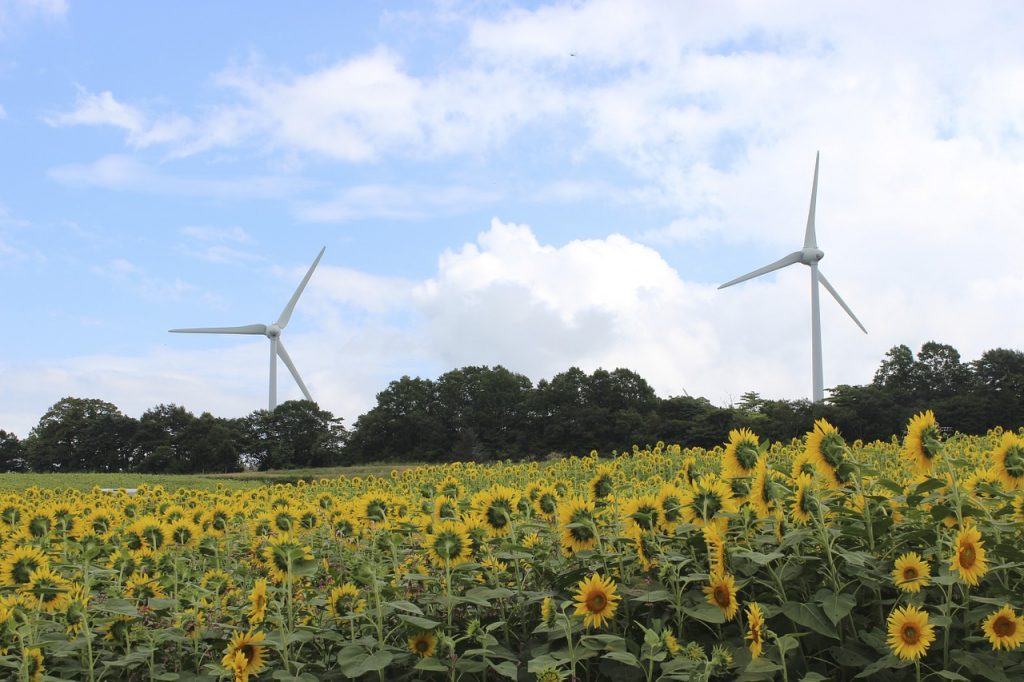
Rising from the darkness brought by disasters in the past, Fukushima Prefecture has stepped into the light with its "Hope Tourism." Local authorities launched a website (https://www.hopetourism.jp/en/) to encourage tourists to go beyond the "dark tourism" in which people visit places of tragedy.
Fukushima has inevitably become a top disaster tourism destination in Japan especially after the Fukushima Daiichi nuclear disaster took place in 2011. The nuclear accident began after Tōhoku earthquake and tsunami happened on March 11.
According to the website, “Hope Tourism” is an experience that will allow tourists and locals to witness the current state of Fukushima. This will also give them a chance to meet the “people who continue to work towards its reconstruction making you think about the lessons from the earthquake and nuclear accident, reconstruction, and overcoming adversity.”
“Hope Tourism” is anchored on three main themes: Experience Report, Routes, and Current Situation.
Experience involves a guide, who will lead tour visits, impart information, and encourage participants to reflect on the situation, and the facilities and objects. The latter includes a site near route 6, Tomioka Town in Yonomori District, flexible container bags filled with contaminated soil, Tsunami-affected road in Namie Town, and Ukedo Elementary School.
Moreover, the recommended routes are the Hiroshima University, Solar Park and Strawberry Picking Experience in Soma City, and Electric Power Company and Civil Engineering Surveying Company in Tomioka Town.
Other routes extend to the Sports Center in Iwaki City, Social Welfare Corporation in Hirono Town, and Namie Town Hall in Namie Town.
The Fukushima Prefecture Tourism and Local Products Association stated that they want people to have a deeper understanding of the current situation in the prefecture, where the effects the damage are present, and spend time with the ones involved in recovery work.
The number of hope tourism tours rose sharply, from three in 2016 to 22 in 2017, and then climbed to 53 in 2018.






